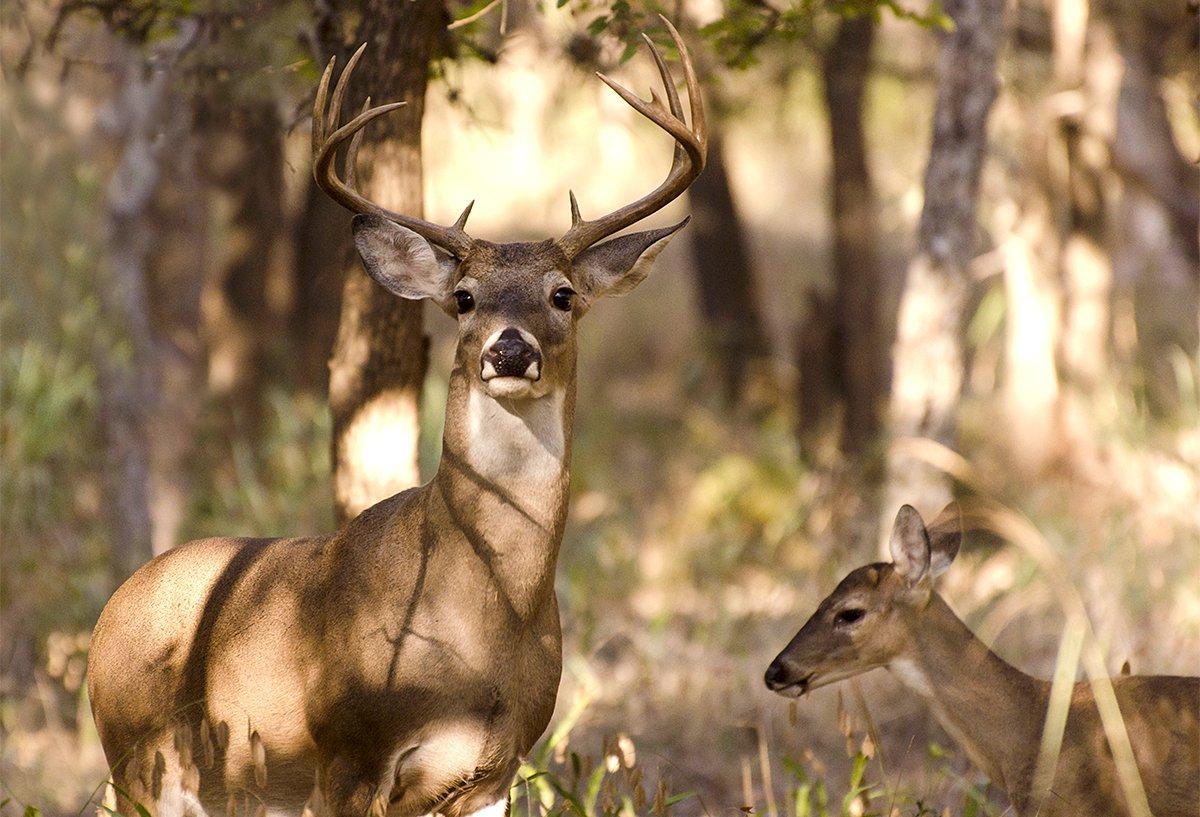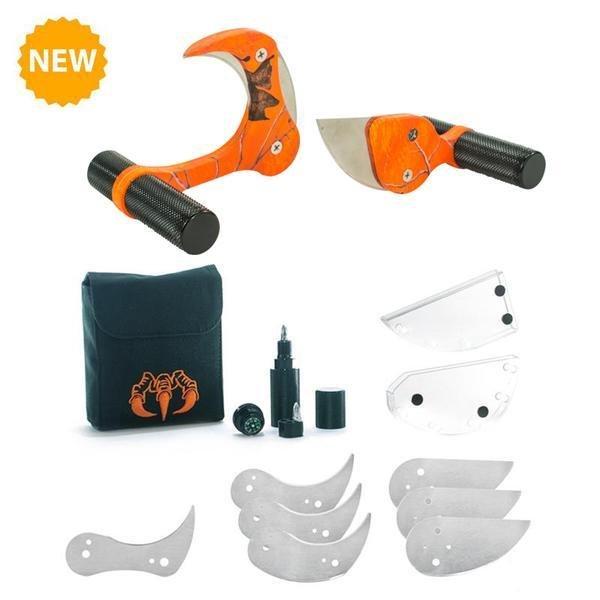What Are the Ratios Like Where You Hunt?
Buck-to-doe ratios are an important part of the rut each year. If ratios are out of balance, the rut will be affected by it. And not just the rut, but other dependent factors as well. Here are some of the ways that ratios can affect the rut (and others things deer related) and why it should matter to you.
1. High doe-to-buck ratios lead to a prolonged rut. This is bad for several reasons. First, it's harder on the does because they generally have to enter estrus a second time to be bred. Secondly, since there are fewer bucks to do the work, it's very hard on them because they have to work harder to breed all of the does.
Don't Miss: How to Estimate Your Deer Herd Density with One Trail Camera
2. High doe-to-buck ratios mean an ill-timed fawn drop. Deer are a prey species. And predators such as coyotes, bobcats and bears kill a lot of fawns. That's why, in spring, it's important for as many fawns to hit the ground at the same time as possible. This makes it harder for predators to catch and kill as many of them. However, when buck-to-doe ratios are off, and breeding gets stretched out over a couple of months, this doesn't happen the way it should.
Don't Miss: The Antlerless Dilemma
3. High doe-to-buck ratios lead to a rut that is less defined and uneventful. Do you like to see chasing, fighting and other rut behaviors? Don't count on much of that happening if you have more than three or four does per buck. They don't have to fight to find a lady when there's one under every pine and oak tree.
Don't Miss: 10 Lessons I've Learned While Doe Hunting
4. High doe-to-buck ratios make calling and rattling less effective. Don't expect as much of a response to calling and rattling from bucks when the competition from does is low.
Don't Miss: Should You Shoot Does Early or Late?
5. High doe-to-buck ratios translates to degraded overall health of the herd. This can come in several fashions. First, it means there will be less food sources available. And when the food leaves, the deer leave with it. How good is your vacation rut hunt going to be then? Secondly, the habitat becomes strained to not only produce enough food but also enough quality bedding cover. Simply put, when necessary, it's important to keep buck-to-doe ratios in check.
Don't Miss: 20 Deer Hunting Lies Your Granddaddy Told You
Balance the Herd
Not every deer hunter will need to work hard to manage doe populations. Some properties already have balanced sex ratios. Others need a little help getting to where they need to be. It's best if you take pre-season and post-season surveys to see what the herd is like where you hunt. Then, make the appropriate decisions and take wise steps to help the herd, whichever way it goes.
Are you a deer hunter wanting to learn how to accomplish your goals? Check out our stories, videos and hard-hitting how-to's on deer hunting.








